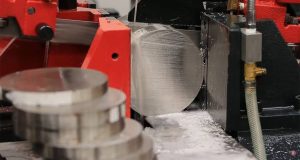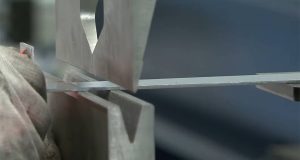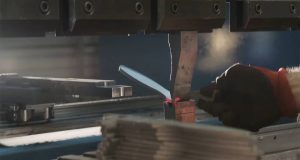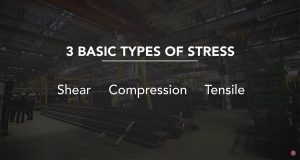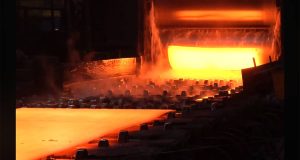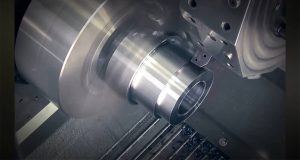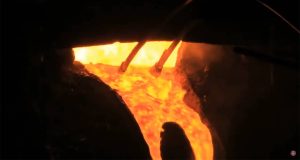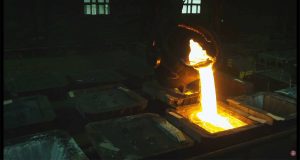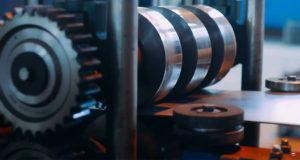The Role of Nickel in Superalloys
The foundation of these alloys is nickel, which provides stability at high temperatures where other metals start to weaken. For uses like turbines, jet engines, and industrial furnaces, nickel-based superalloys are extremely valuable due to their resistance to softening while retaining their shape.
Key Characteristics of Nickel-Based Superalloys
- Exceptional resistance to heat and oxidation
- Strong creep resistance compared to steels
- Stability under mechanical stress at elevated temperatures
- Resistance to corrosion and chemical attack
- Capacity to maintain hardness during extended use
Why They Perform Better Than Steel
Alloys based on nickel maintain their strength and structure, in contrast to steel, which deteriorates after prolonged exposure to high heat. Because of their durability, they can be utilized in harsh settings with consistent pressure and heat.
The Challenge of Machining
Despite their high performance, alloys based on nickel can be challenging to machine. During repeated passes, their rapid work hardening causes tools and workpieces to deform. Extremely hard tooling and slow, steady force must be used during machining to control this.
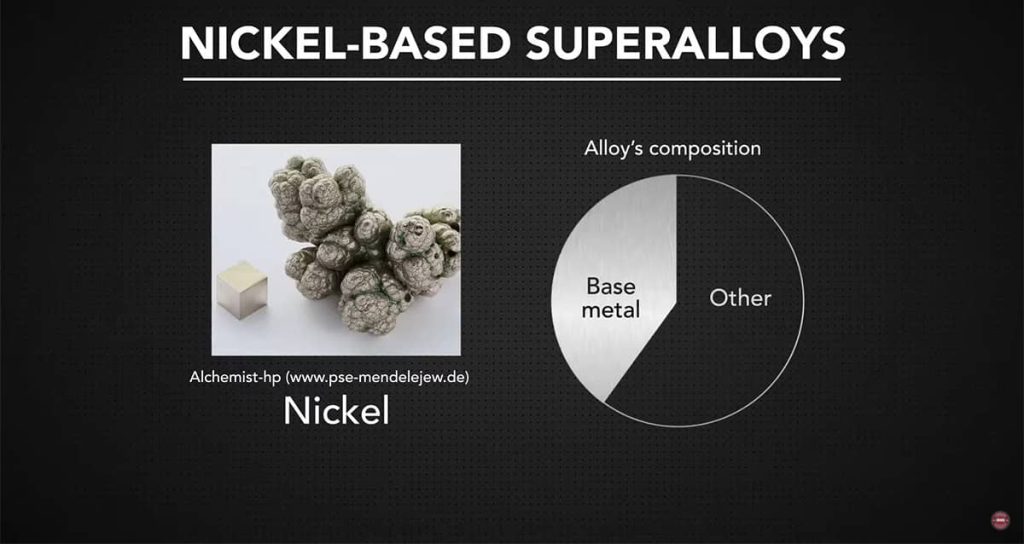
Common Alloying Elements and Their Effects
| Element | Effect on Alloy Properties |
|---|---|
| Chromium | Provides oxidation resistance and stability |
| Molybdenum | Increases ductility and improves chemical resistance |
| Cobalt | Enhances creep resistance and rupture strength |
Test Your Knowledge on Nickel-Based Superalloys
Think you know the differences between various nickel-based superalloys? Head over to SawbladeUniversity.com and take the quiz “Varieties of Nickel-Based Superalloys” to challenge yourself and sharpen your understanding.
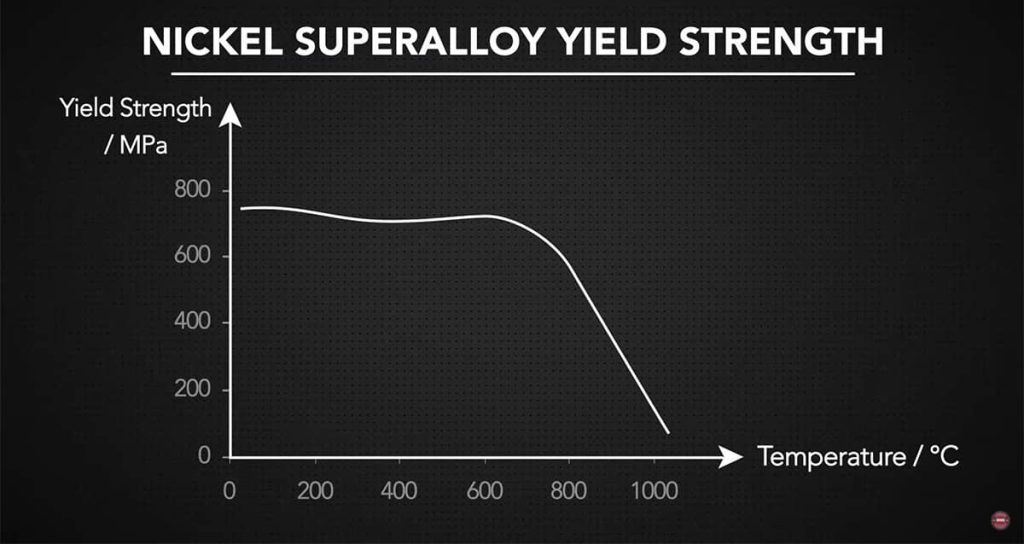
Oxidation Resistance
Because of their exceptional resistance to oxidation, nickel-chromium alloys can be used in settings where exposure to oxygen and heat would typically result in rapid deterioration. Because of this, they can be used in fields like power generation and aerospace where other materials would not work.
Benefits of Adding Molybdenum
- Improves ductility under stress
- Strengthens resistance to acids and chemicals
- Contributes to longer service life in corrosive environments
Role of Cobalt in Strength
When high creep resistance and rupture strength are required, cobalt additions are essential. This is especially helpful for engine parts or turbine blades where it can be difficult to maintain stress at high temperatures.
Applications in High-Temperature Industries
These alloys are utilized in gas turbines, jet engines, and chemical plants, among other applications where strength and stability must be preserved over extended periods of time. They are essential because of their resistance to corrosion and heat.
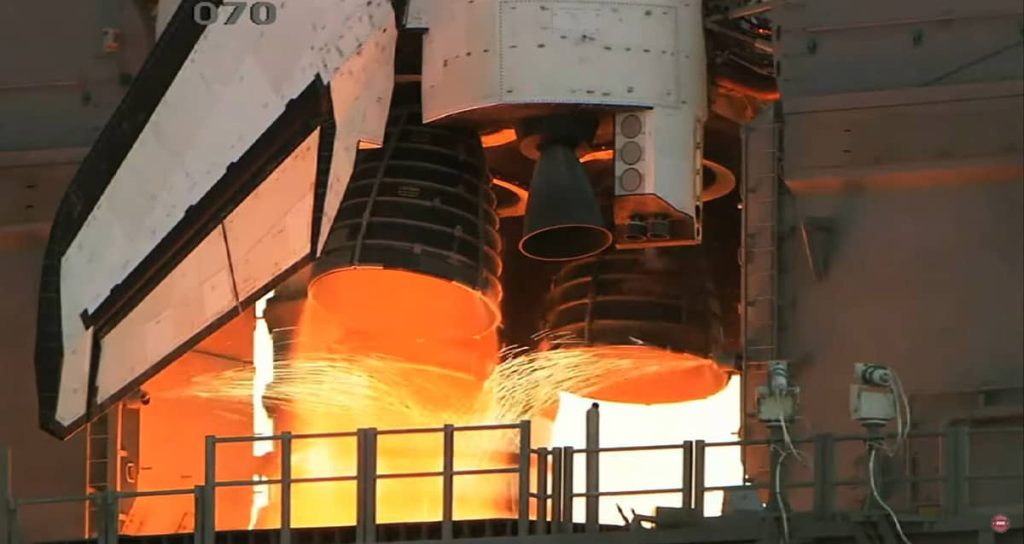
Challenges and Workarounds
- Machining requires careful control of speed and force
- Specialized tools are necessary to handle quick work hardening
- Costs are higher than other alloys due to complex composition
Explore the Makeup of Carbon Steel
Curious why carbon steel is everywhere in manufacturing? Check out our article “Carbon Steel Composition: What Makes It So Widely Used?” to see how its simple blend of iron, carbon, and trace elements gives it strength, versatility, and value across industries.
Why Nickel-Based Superalloys Stand Out
Superalloys based on nickel combine mechanical stability, oxidation resistance, and heat resistance. Engineers make alloys that endure under circumstances where most metals degrade by carefully balancing elements like chromium, cobalt, and molybdenum.

